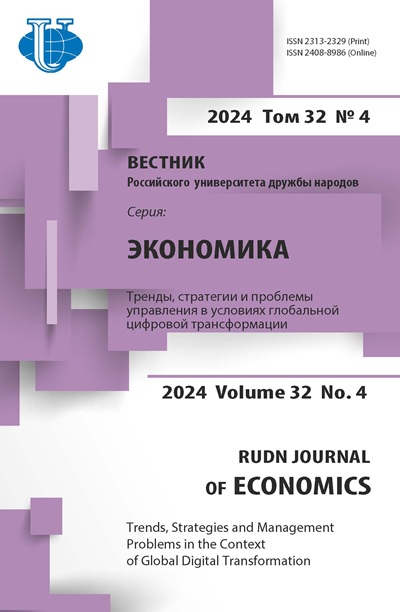Abstract
Spatial saturation of a city of consumer product and services leads to the formation of territorial systems of servicing, where service spheres is interacting actively, to complement each other and competing for the consumer. This process covers all of residential area, it differentiats between areas of the city, stands out the centers and complexes of service. They performs only regional function in some urban areas, but there are centers of educational, medical and merchant services citywide and regional significance. It was allocated areas by the nature of the service of the population, security of services, comfort conditions for people’s lives with consideration the complex development social infrastructure and provision of public services in territory of Saransk city. These areas has relatively high complexity of territorial organization of social infrastructure and high endowment the population of services combined with a satisfactory level of comfort of people living conditions; with average complexity of the territorial organization of social infrastructure and high complexity of population services in combination with a low level of comfort of living conditions (influenced by industrial enterprises and highways); with relatively low complexity of territorial organization of social infrastructure and low complexity of population services in combination with a satisfactory level of comfort of living conditions - the private sector of one-story buildings, old buildings. Area has the average complexity of the territorial organization social infrastructure and average endowment of the population services in combination with a satisfactory level of comfort of living conditions for residential peripheral districts of Saransk city. The average complexity of the territorial organization social infrastructure and average endowment of population services in combination with a low level of comfort of living conditions determines to the districts remote from the centre of the city and located in the former industrial plants. The existence of these areas confirms concentric development model spatial structure of Saransk city.















